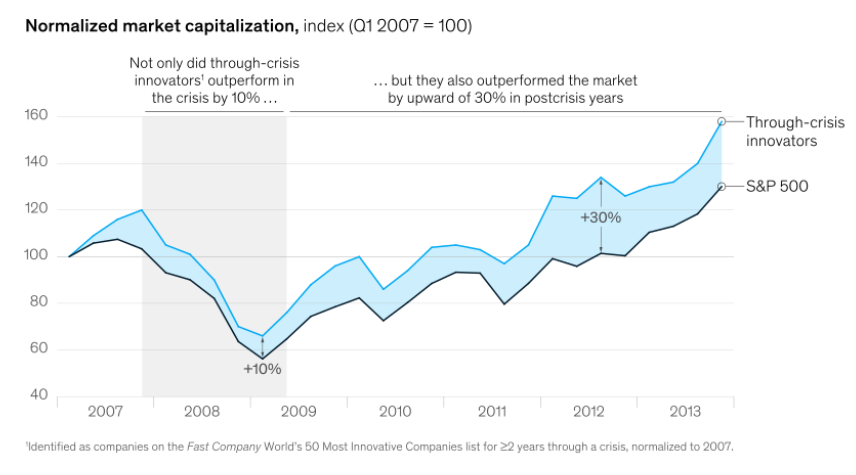Introduction The world of business has undergone a drastic shift in recent years, driven by the relentless march of technology. Digital transformation has become the mantra for companies seeking to remain competitive and relevant in a constantly evolving landscape.
This journey towards digital maturity requires businesses to embrace innovation and leverage technology to fundamentally reshape their operations and customer interactions. In this context, low-code platforms are emerging as a powerful force, empowering organizations to accelerate their digital transformation initiatives and unlock a world of possibilities.
The Rise of Digital TransformationEven before the global pandemic, businesses were recognizing the critical role of digital transformation in driving success. From automating mundane tasks to creating personalized customer experiences, the potential benefits were undeniable. However, the pandemic acted as a catalyst, forcing organizations to rapidly adapt and embrace digital solutions to ensure business continuity.
The global digital transformation market is expected to grow to $1,009 billion by 2025 from $469.8 billion in 2020, at a CAGR of 16.5% during this period. This rapid shift highlighted the need for agility, flexibility, and scalability – qualities that low-code platforms are uniquely positioned to deliver.
The Benefits of Digital Transformation The potential rewards of embracing digital transformation are manifold. Studies by Gartner reveal that over 56% of CEOs attribute increased revenue to digital improvements. The benefits extend beyond just revenue generation, encompassing areas like:
Increased Efficiency: Automation and streamlined processes lead to improved efficiency and productivity across departments.
Enhanced Customer Value: Tailored experiences and personalized interactions build stronger customer relationships and loyalty.
Risk Management: Data-driven insights and predictive analytics help businesses identify and mitigate potential risks.
Profitability: Reduced costs, improved efficiency, and increased revenue contribute to a healthier bottom line.
Challenges of Digital Transformation Despite the undeniable benefits, digital transformation journeys are not without their challenges. 28% of companies report that digital transformation is still often perceived as a cost centre according to Brian Solis.
Some of the potential pitfalls include:
Lack of Workforce Buy-in: Resistance to change from employees can slow down initiatives and hinder progress.
Skill Gaps: Identifying and acquiring the right skill sets across the organization can be challenging.
Measuring ROI: Quantifying the return on investment for digital initiatives can be complex and time-consuming.
The Role of Low-Code Low-code platforms are revolutionizing the way businesses approach digital transformation. They offer a compelling alternative to traditional development methods, empowering organizations to:
Democratize App Development: Business users and domain experts can contribute to the development process, reducing reliance solely on professional developers.
Reduce Costs: Rapid development cycles and minimal hand-coding lead to significant cost savings compared to traditional methods.
Accelerate Development: Visual interfaces and pre-built components enable faster application development, allowing for quicker response to market changes.
Improve Agility and Innovation: Low-code platforms facilitate rapid experimentation and iteration, fostering a culture of innovation and agility.
Simplify Scalability: Platforms are inherently scalable, allowing businesses to easily adapt to changing needs without significant code rewrites.
Conclusion The confluence of digital transformation and low-code development represents a fundamental shift in the way businesses operate. By leveraging low-code platforms, organizations can break free from traditional limitations and embark on a journey of rapid innovation, enhanced efficiency, and sustained growth. This is not simply about building applications faster; it’s about empowering businesses to become more customer-centric, and adaptable in a rapidly changing world.
The low-code revolution isn’t a fleeting trend; it’s a permanent fixture in the future of business. It’s a tool that empowers businesses to harness their full potential, enabling them to innovate, adapt, and thrive in a digital world characterized by constant change. So, embrace Low-Code, chart your digital transformation journey, and unleash the full force of your organization’s capabilities. The future is here, and it’s time to seize it.







